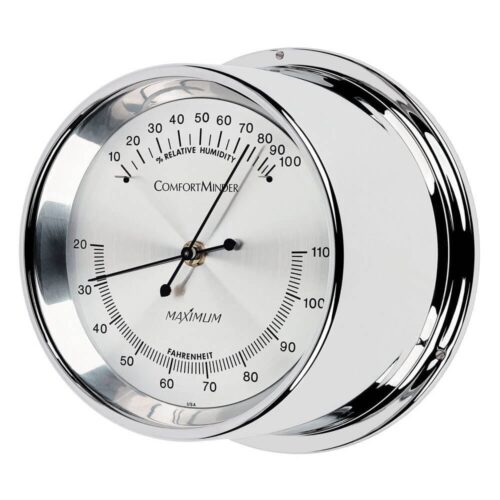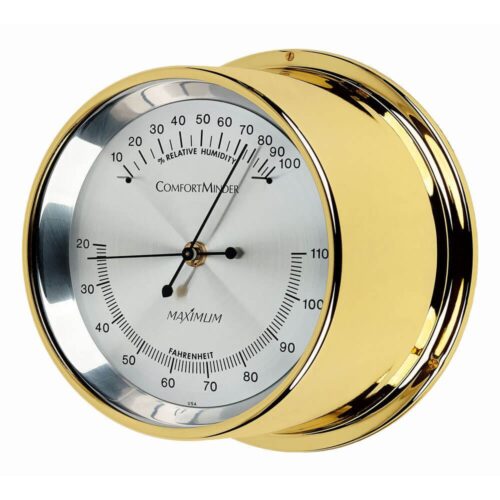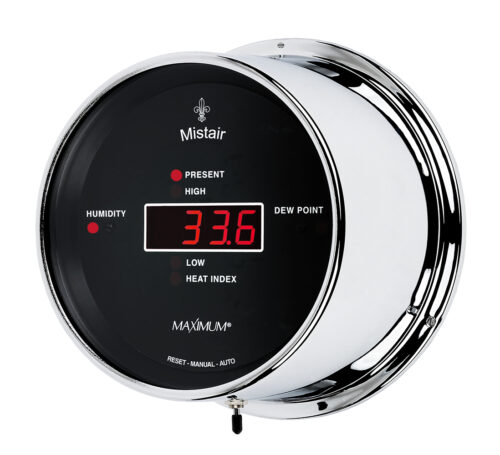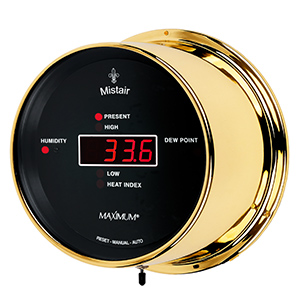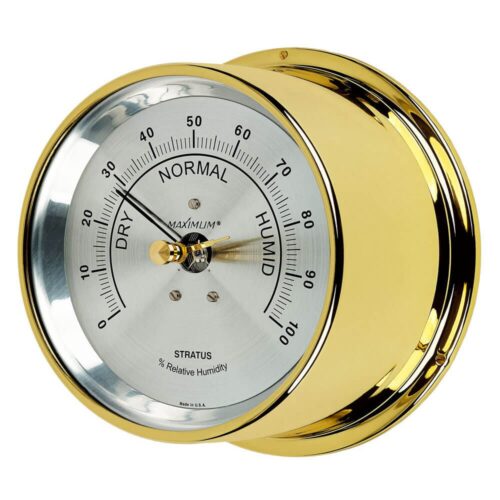Humidity Instruments
What are the Different Types of Humidity?
Humidity is simply the amount of water vapor in the air. It can be measured in three primary forms depending on the use of the measurement. Here is a brief definition of the different measurements for humidity.
Absolute Humidity
Absolute humidity is the simplest measure and is defined as the amount of water vapor in the air regardless of the temperature. Having knowledge of the absolute humidity for an air mass is not practical for most of us and is therefore not a commonly used measurement.
Specific Humidity
Specific humidity is a ratio of the weight of water vapor to the size of an air mass. It can be useful in identifying the properties of a moving air mass but like absolute humidity, it is not very useful for determining how you will feel when you step outside.
Relative Humidity
Relative humidity is by far the most popular form of humidity measurement. It is expressed as a percentage of how much water vapor is in the air at a specific temperature. For most people, Relative Humidity is the form that determines their level of comfort. A relative humidity of between 40% and 70% is generally considered comfortable. Over 70% will start to feel sticky for some and below 40% you may notice your skin or hair feeling a little dry. Relative humidity is the measurement that is reported on most home weather instruments, including Maximum weather instruments, and as part of your local weather forecast.
At Maximum, we will always specify which type of humidity our instruments measure. If you have any questions about which might be the best fit for your home, don’t hesitate to reach out to us. We’d be happy to help you select the right humidity instrument for your needs.
Read more about How Humidity Instruments Work in our Learning Center.

